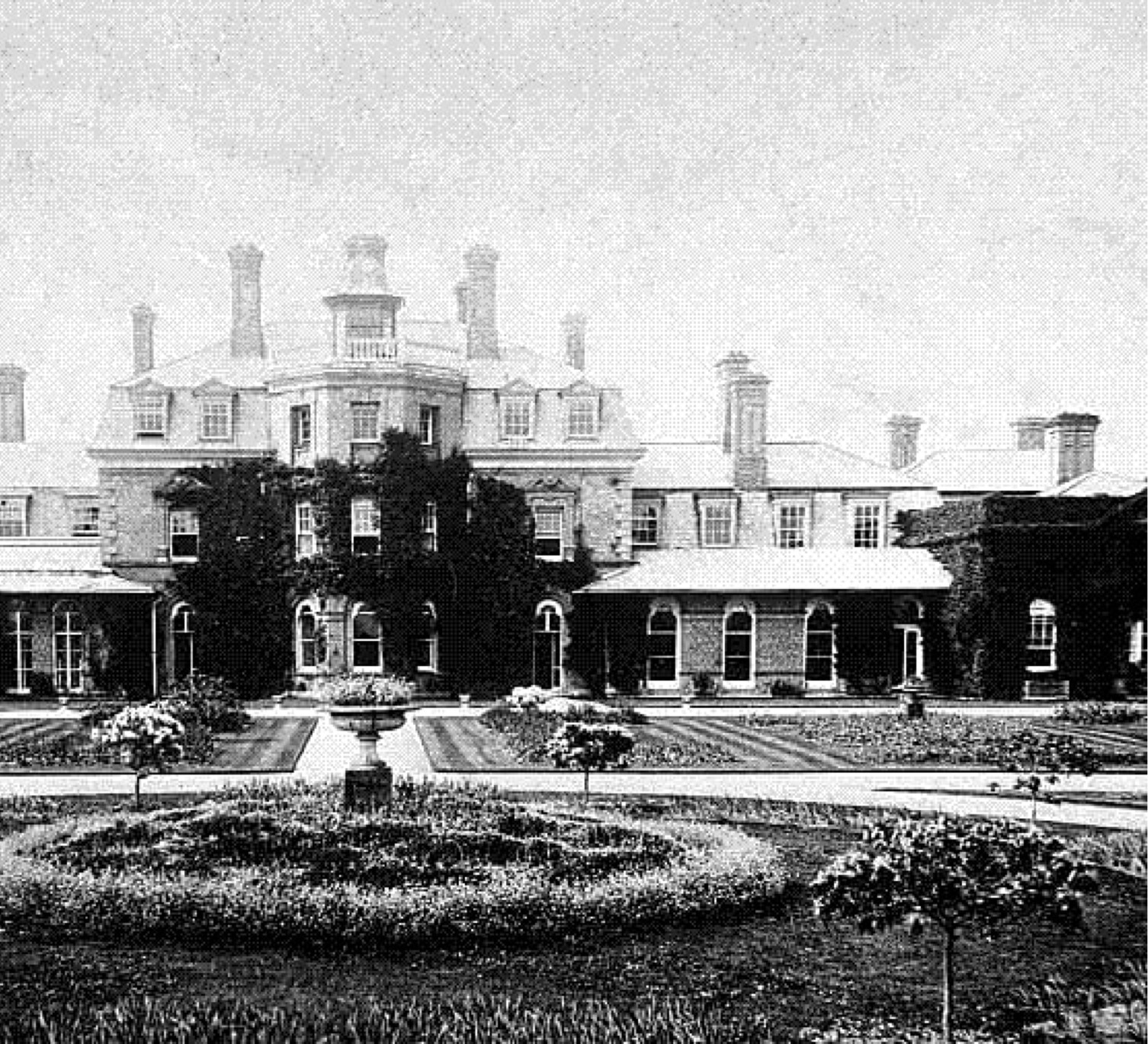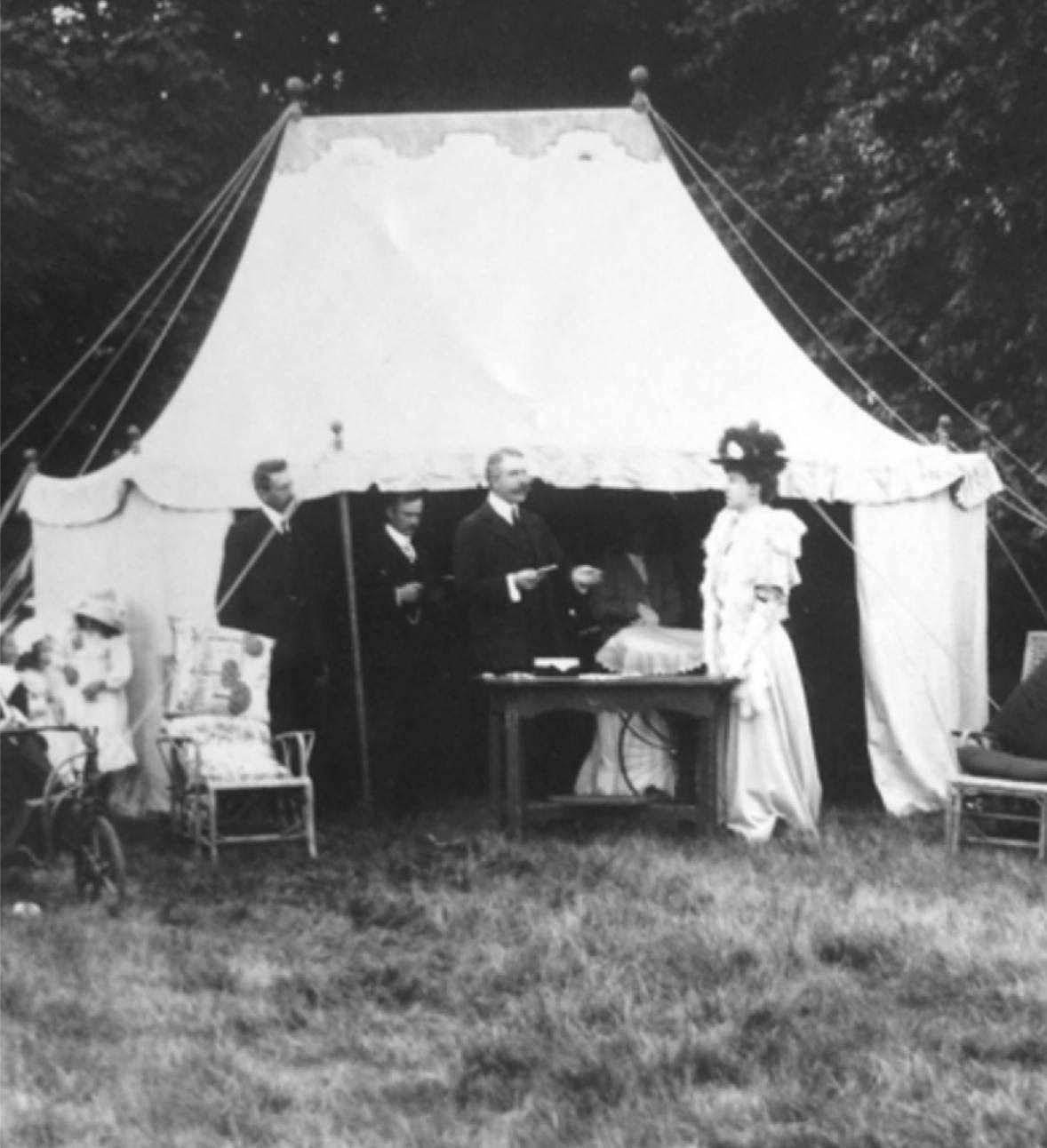History of Pylewell Park
The earliest known settlement of the Pylewell estate, recorded in Domesday Book, stood on the site of Baddesley Manor, to the north of the present house which is thought to have been occupied by a Knights Templar Preceptory in the 12th century.
By the 17th century it may have been a fortified Jacobean Lodge. From 1609 Sir Richard Worsley occupied Pylewell Ground and by 1677 the Worsley’s, whose family seat was across the Solent on the Isle of Wight at Appuldurcombe, had built a house on the present site. Two early 18th century engravings show the grounds laid out with formal gardens and with an avenue leading south to the Solent.

Alterations and Development
There were four more owners of Pylewell in nearly a hundred years before William Ingham Whitaker acquired the estate in 1879, immediately making significant alterations to the house and adding a new drive and lodge. He died in 1893 and was succeeded by his son, also William Ingham Whitaker.
Following William’s marriage in 1903, the pleasure grounds were developed with Asian and Australasian plant collections, a new lily pond, and bridges brought back from his travels to Japan. A collection of rhododendrons was gradually established on the banks of the lake between 1912 and the early 1920s, at which time the entire gardens had reached their most elaborate stage.
Roper-Curzon Family
William Ingham Whitaker III inherited Pylewell in 1936 and following wartime use of the house and parkland, the early 20th century east and west wings were demolished in 1951.
In 1988, Lord Teynham, William Ingham Whitaker III’s nephew, inherited Pylewell and the Estate. Today many of the Roper-Curzon family live on the Pylewell estate and are delighted to welcome you to Pylewell for your wedding or event.




